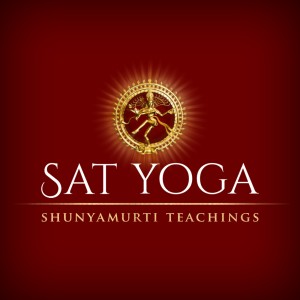

Student Comment: I always get this sense that there’s this core Ahankar, “I.” And what the “I” wants is “a better life, nicer things, less problems.” But it doesn’t want to dissolve itself. That’s what’s so radical. In the end, when push comes to shove, it’s like, “I wanna forget these certain things that my mom did, but I mean I love my mom. I’m not going to let go of my mom in that she’s a mom, and she gave birth to me.” Those kind of ultimate ego boundaries are to me what’s so difficult.
“The Buddha, to become Buddha, had to leave his family,” recalls Shunyamurti, the spiritual guide of the Sat Yoga Institute in Costa Rica. “He left his role as the prince who would have become the king. He left the dharma. He left all of that to become Buddha so that he could then come back and offer them a path to enlightenment.” And although we don’t literally have to leave our family or karmic responsibilities, “There’s an internal identification that does have to be let go of so that our Godself can then be present for them.”
“In classical India, there were four goals of life: Artha, Kama, Dharma, and Moksha.” Artha meaning monetary wealth, Kama meaning sensual pleasures, Dharma meaning ethical and social responsibility, and Moksha meaning the desire for liberation. “But when Buddha came he said ‘That’s nonsense. Forget Artha, Kama, and Dharma. Go directly for Moksha. ‘It doesn’t make sense wasting your life in those early kinds of desires because they’ll ensnare you.’” So, if you have the opportunity, go for the Moksha. Go for the Supreme Liberation. Recorded the afternoon of Tuesday, December 8, 2009.
More Episodes
All Episodes>>You may also like
Create Your Podcast In Minutes
- Full-featured podcast site
- Unlimited storage and bandwidth
- Comprehensive podcast stats
- Distribute to Apple Podcasts, Spotify, and more
- Make money with your podcast











